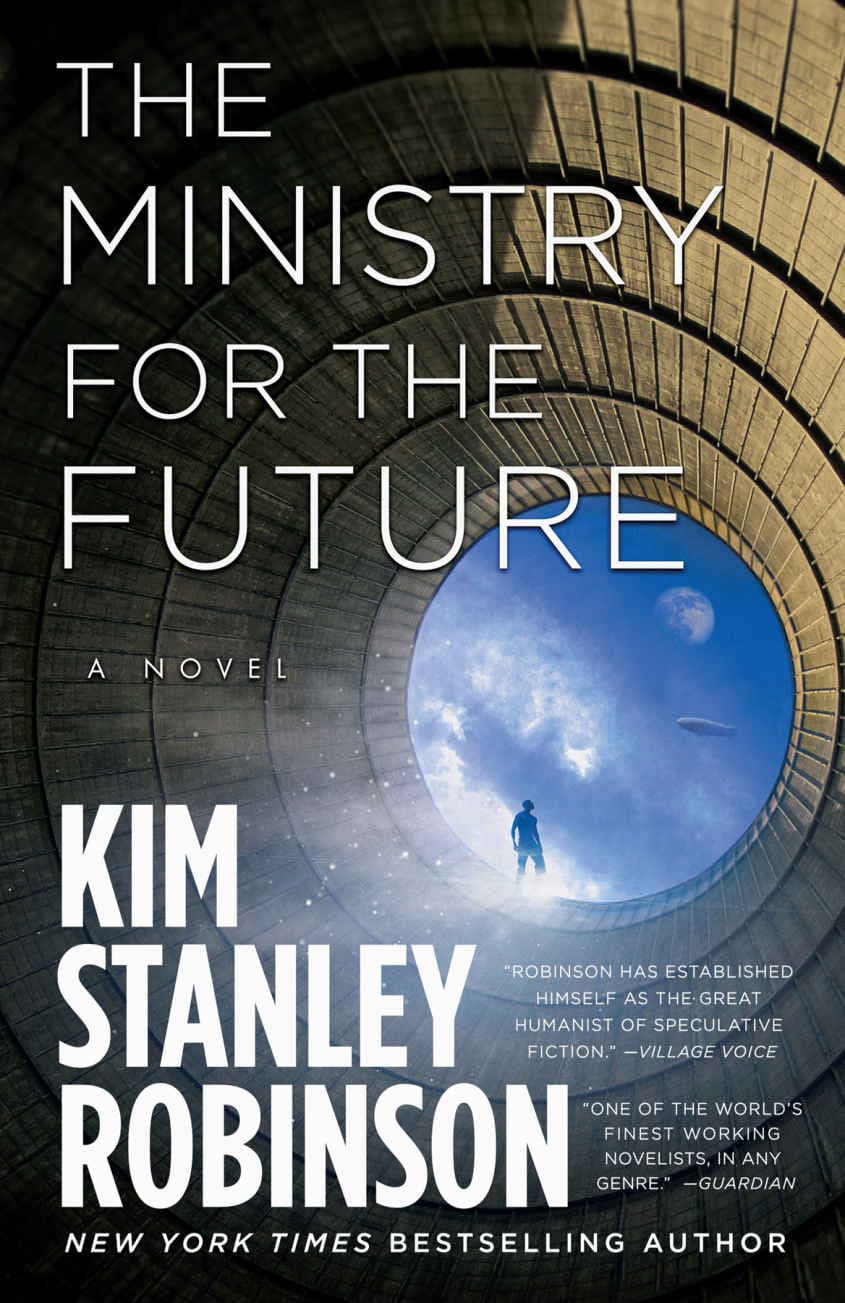This was a feedback loop with teeth. The Arctic ice cap, which at its first measurement in the 1950s was more than ten meters thick, had been a big part of the Earth’s albedo; during northern summers it had reflected as much as two or three percent of the sun’s incoming insolation back into space. Now that light was instead spearing into the ocean and heating it up. And for reasons not fully understood, the Arctic and the Antarctic were already the most rapidly warming places on Earth. This meant also that the permafrost ringing the Arctic in Siberia and Alaska and Canada and Greenland and Scandinavia was melting faster and faster; which meant the release of a great deal of permafrost carbon, and also methane, a greenhouse gas twenty times stronger than CO2 in its ability to capture heat in the atmosphere. Arctic permafrost contained as much stored methane as all the Earth’s cattle would create and emit over six centuries, and this giant burp, if released, would almost certainly push Earth over an irreversible tipping point into jungle planet mode, completely ice-free; at which point sea level would be 110 meters higher than at present, with global average temperatures at least 5 or 6 degrees Celsius higher and probably more, rendering great stretches of the Earth uninhabitable by humans. At that point civilization would be over. Some remainder of humanity might adapt to the new biosphere, but they would be a post-traumatic remnant, in a post-mass-extinction world.2043 ↱

The Ministry for the Future
A Novel
Kim Stanley Robinson